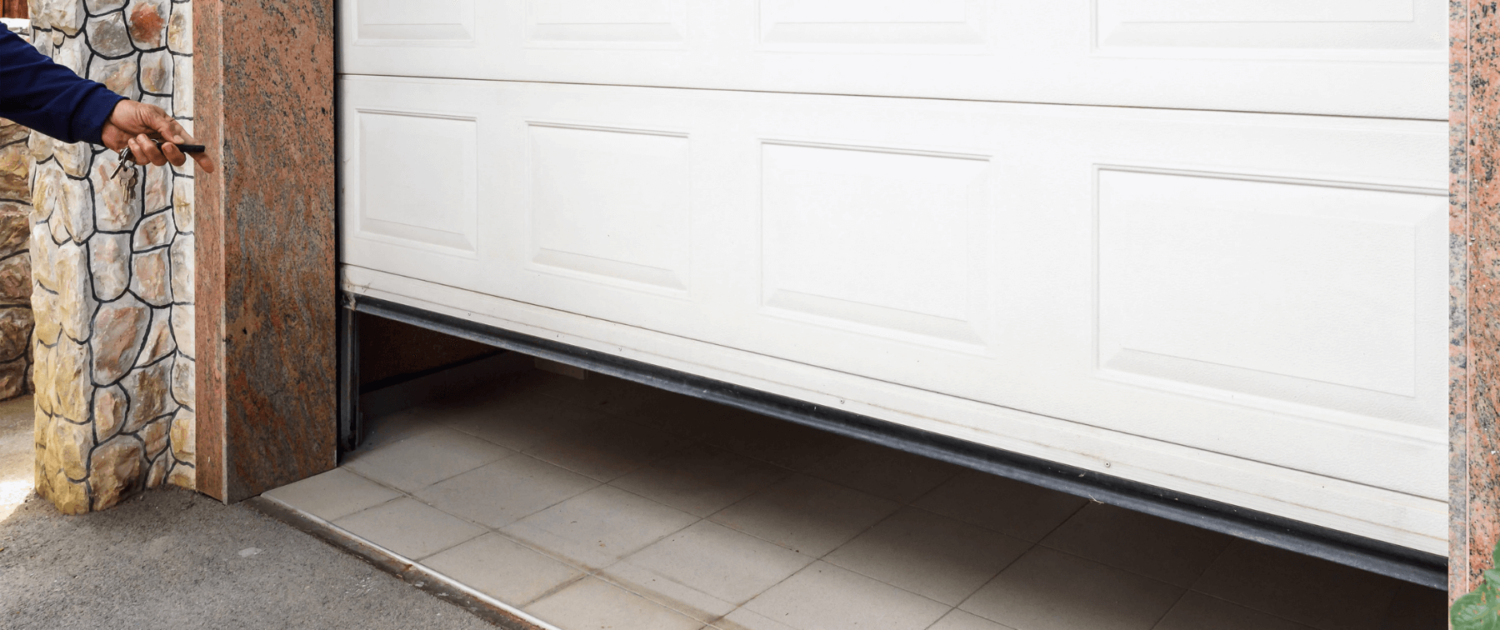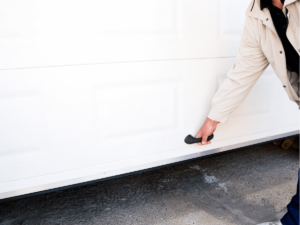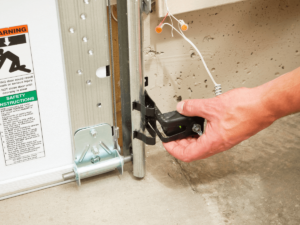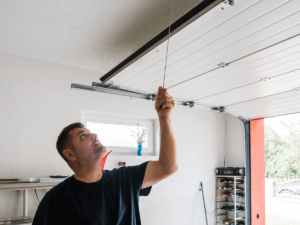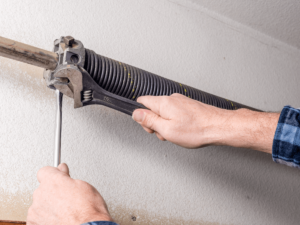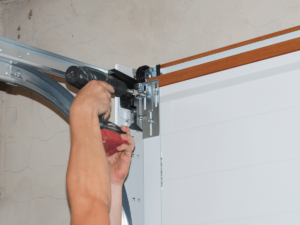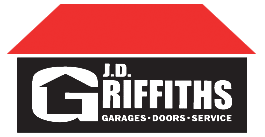Why Doesn’t My Garage Door Shut Completely?
Does it sometimes feel like your garage door has a mind of its own – deciding when and how far it’ll open or close? Depending on the issue at hand, the fix could be as simple as replacing the batteries in your garage door opener, while other times it could be a sign of a bigger issue.
Here’s the process for understanding why your garage door could be closing partially, but not all the way.
1. First, Something Could be Blocking the Door or Safety Sensors
The first thing to look for when your garage door won’t close is clutter or obstructions blocking your garage door or sensors. Even if there doesn’t seem to be anything in the way, clean the lenses of the sensors, as oftentimes dirt and debris will collect and can interrupt the beam signal and stop the door from operating.
2. No Blockage? Check if the Safety Sensors Are Misaligned or Faulty
If you made sure nothing is blocking the door or sensors, double-check that the sensors are aligned with each other and that they are receiving power. If they aren’t, gently bend them back into place to restore a clear connection, and if that doesn’t seem to work, purchase a new pair of sensors, and replace the faulty ones.
3. No Blockageand No Misaligned Sensors? Then, Double Check Door Travel Limits
If you’ve checked the sensor lenses and alignment, but your door still doesn’t seem to work properly, your open and close limits could be to blame. These settings, known as travel limits, tell the opener how far the door should travel before it fully shut and prevent the door from crushing objects in its path. If the settings are too high, your door will sense the floor as an obstruction and immediately open after starting to close. This can be easily fixed by taking a few measurements to adjust with a screwdriver. Follow your door manufacturer’s manual or website for specific instructions. Need a hand with this one? Give J.D. Griffiths a call!
4. Next, Check the Opening Mechanisms. Are There Broken Springs?
The springs on a garage door help the garage open and close with ease. If any of the springs are broken or damaged, the door could become misaligned and not close properly. Upon inspection, it’s pretty easy to tell if one of these springs is damaged or broken. We recommend leaving these types of spring repairs to a professional like J.D. Griffiths. Our experts will safely assess the damages, recommend and quote a repair, and are skilled to complete these types of garage fixes.
5. No Broken Spring, but is There a Damaged Cable?
The cables on a garage door also help lower and raise the door. If any of the cables are worn or damaged, it can cause your door to stop working properly. Most visual inspections can spot a damaged cable, but we always recommend leaving cable repairs to a professional.
6. Last but Not Least, Check for Damage to the Tracks
Improper maintenance of your garage door tracks could lead to damage and malfunction. To fix the problem, clean the metal rollers and remove grime, then lubricate them with a non-silicon-based product like motor oil. To finish, clean the tracks with a cloth and break oil, removing any buildup that might prevent the door from operating properly. If that doesn’t seem to work, you may need a track replacement to get your garage door working again.
Depending on the issue at hand, sometimes it’s easy to fix a garage door that won’t shut all the way on its own. Other times, you’ll need help from a garage professional to conduct a safe and effective garage door assessment and repair. If you’re unable to fix the problem on your own, can’t identify the problem yourself, or simply want to get this item off your home “to-do” list, contact J.D. Griffiths for a free estimate. We’ll be sure to get your garage door back up and working again.

